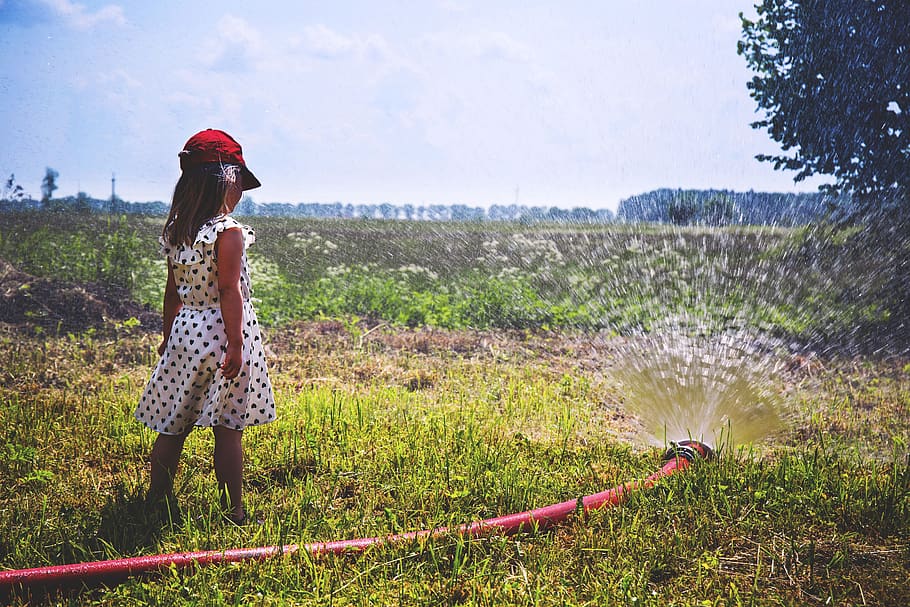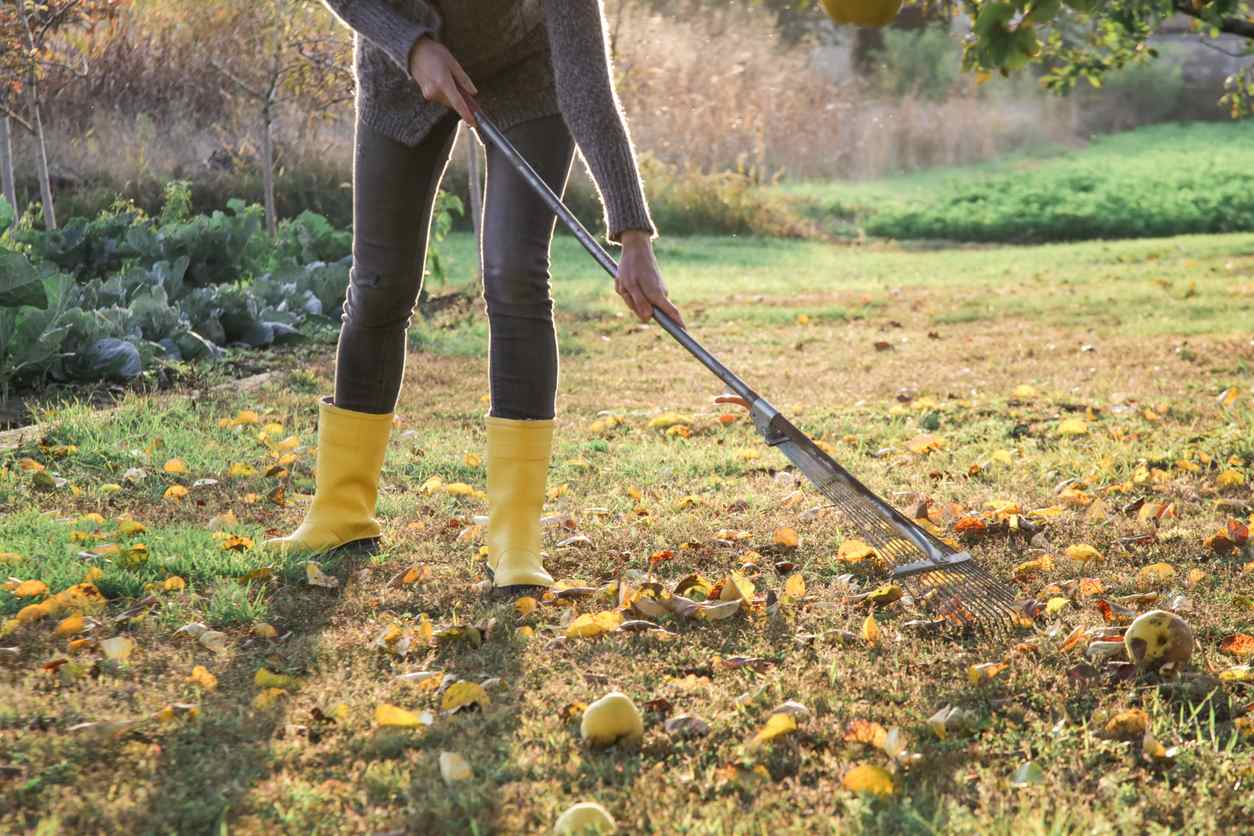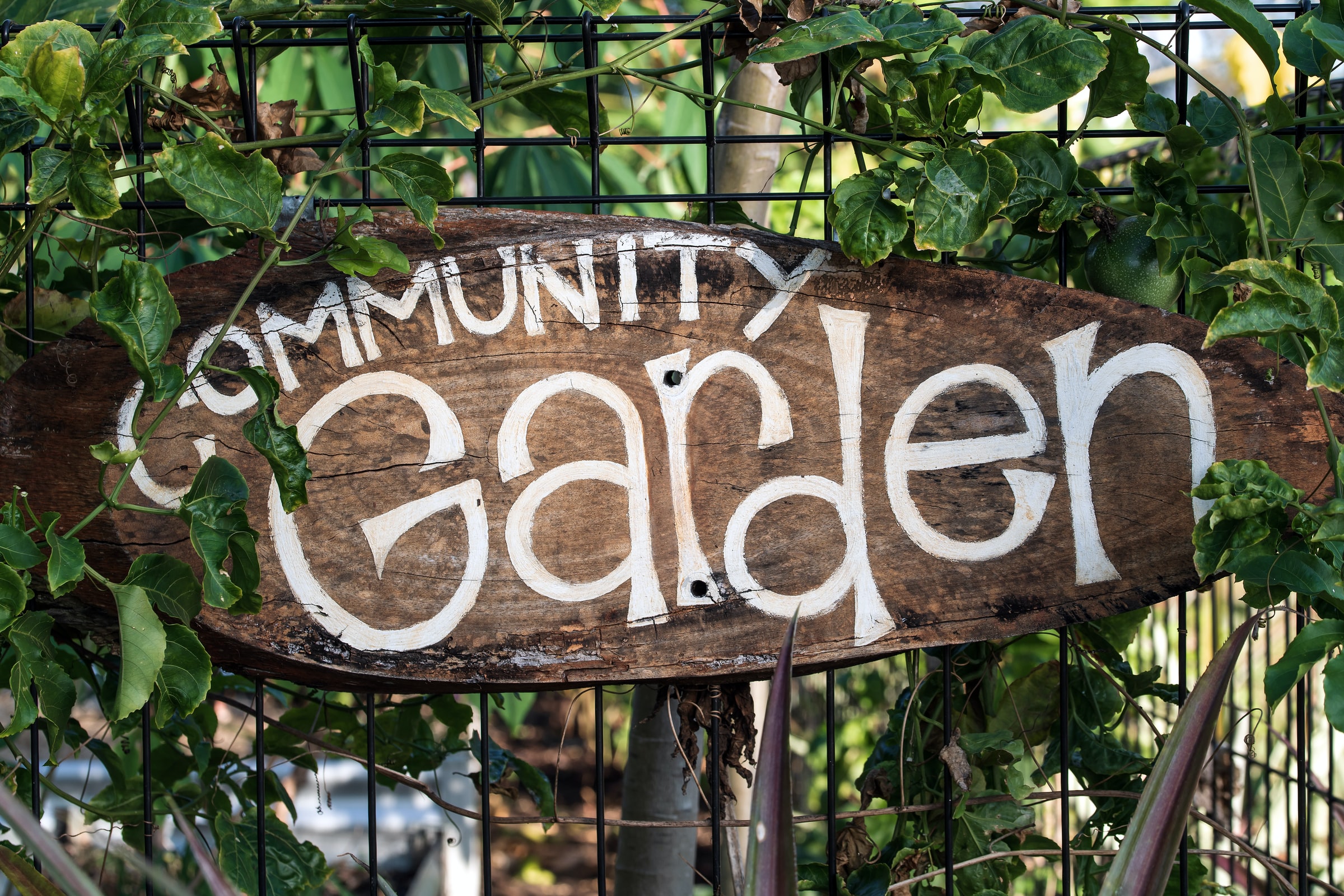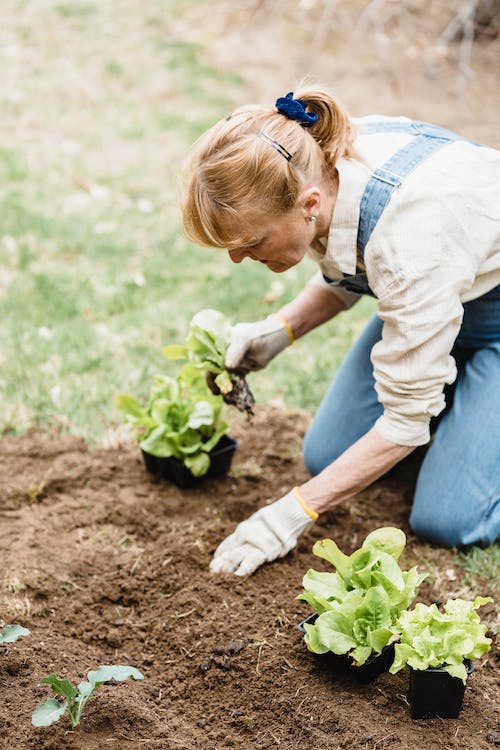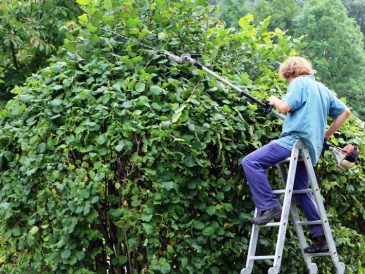Plants to flourish require three things: sunlight, soil nutrients, and moisture. Getting water to the plants is a top priority during a drought. The following gardening management guidelines will assist you in making the most of your water and other gardening practices to reach your aim of a healthy and productive garden.
It’s time to start planting. When the ground temperature reaches 55 degrees Fahrenheit, you can begin planting. When the weather is dry, the earth heats up faster, allowing planting to begin sooner.

Spaces that are enclosed
Planting in a space that is surrounded by fencing has several benefits. It will help to prevent water evaporation by blocking the wind. A raised bed is a closed space as well. Moisture will be retained better in raised beds than in the dirt.
Plant selection
Look for drought-resistant plants and seed kinds. Plant vegetable cultivars that are “bushy.” They will take up less space, use less water, and provide higher harvests. Drought-tolerant heirloom types from the Mediterranean region are highly appreciated. Water-wise edibles such as asparagus, chard, eggplant, mustard greens, peppers, and roma tomatoes should be planted.
Planting
Planting in “blocks” is a good idea. Instead of planting in rows, block planting involves planting or seeding in a grid layout. Try planting in a hexagonal layout as well. You have a higher plant density in fewer spaces. This boosts production, lowers weeding, and improves water efficiency. Another option is to plant in the “Three Sisters” pattern. Corn, beans, and squash are all planted on the same hill in this method.
The maize acts as a scaffolding for the beans to climb. Beans provide nitrogen to the soil. Finally, squash will act as a ground cover, keeping the soil cool. These techniques will conserve space, weeds, and moisture in the soil.
Mulch, Mulch, Mulch
Three to four inches of mulch is ideal for vegetable gardens. It helps to chill the soil, reduce evaporation, and keep weeds at bay. As it decomposes, it will also add nutrients to the soil. Mulch might help you save up to 50% on your water bill.
Watering intervals
Early in the morning is the optimum time to water. When it’s hot outside, don’t water.
Water will seep into the soil, and if plant foliage becomes wet, it will dry quickly, preventing disease. Watering in the early evening is a close second, but be ready. You are encouraging the spread of fungal illnesses. Purchase a drip irrigation system or a soaker hose. Water usage will be decreased by half if you water this method. As an example, place the soaker hose on the ground and cover it with mulch. The water is being applied directly to the soil, and the mulch will aid in the retention of moisture in the soil.
Watering at its most intense. Plants can survive on a moderate amount of water once they’ve established themselves. When the plants start to flower, increase your watering to help the fruit set.
To avoid blossom end rot, tomatoes should be watered regularly during fruiting.

Compost
In your garden and flower beds, add organic matter to the soil. This will aid in improving the soil’s ability to retain water during periods of drought.
Weeds must be controlled
Weeds are a pain to deal with. During a dry spell, they can outcompete garden plants for moisture, nutrients, and sunlight. You are assisting the plant in having simple access to key materials amid difficult weather conditions by removing them.
Size of a garden
Consider planting fewer plants, so you don’t overproduce, need to water more frequently, or have food go to waste. Calculate how much food you’ll need for your household during dry weather and plant accordingly.
Let us know in the comments what is your ultimate tips for surviving garden droughts…

